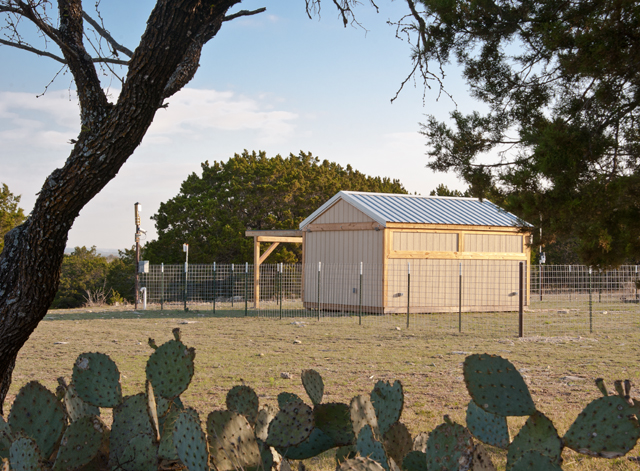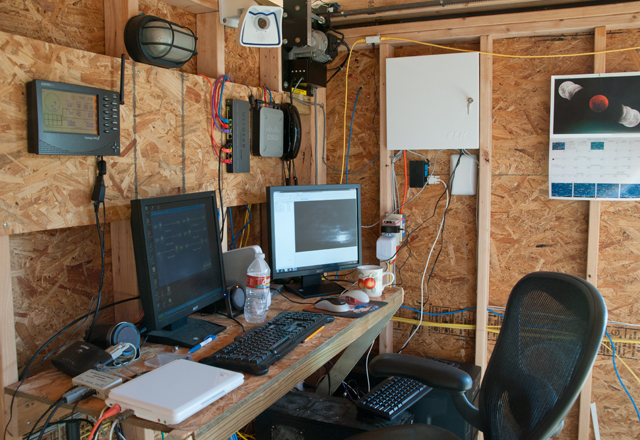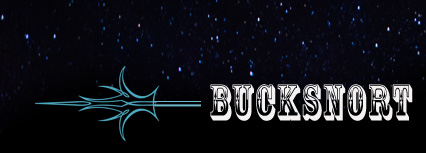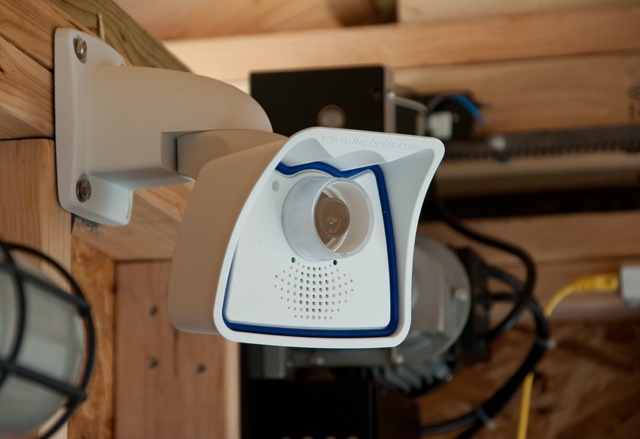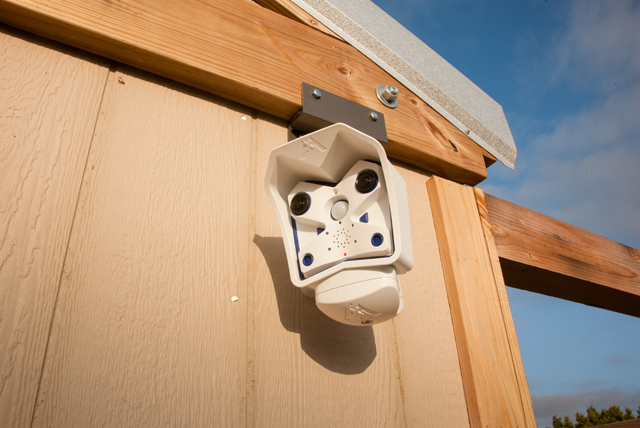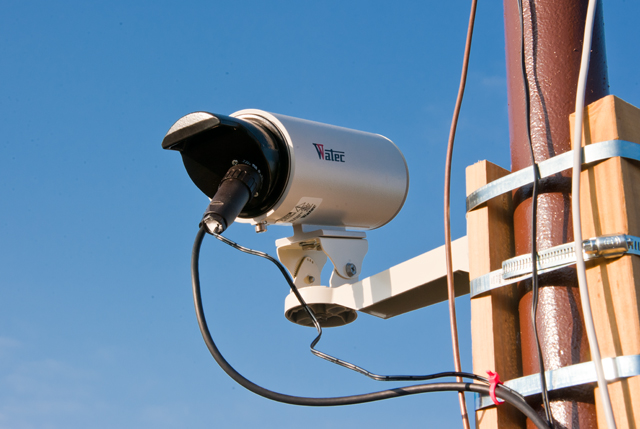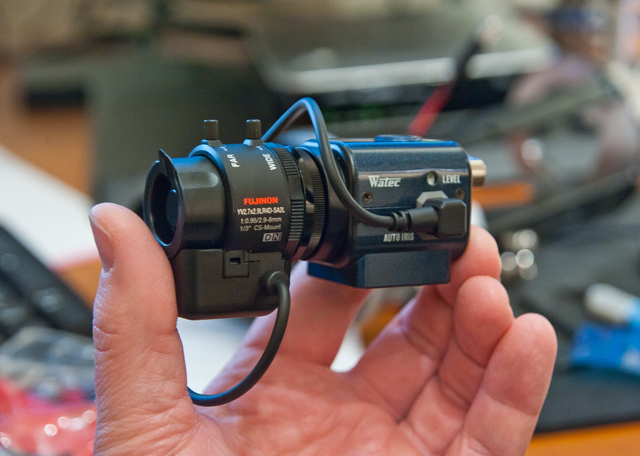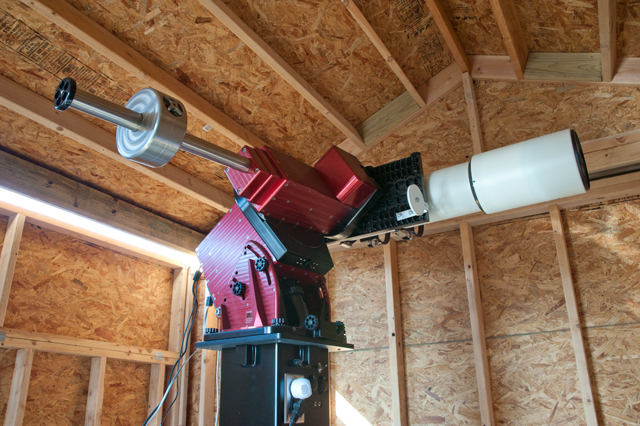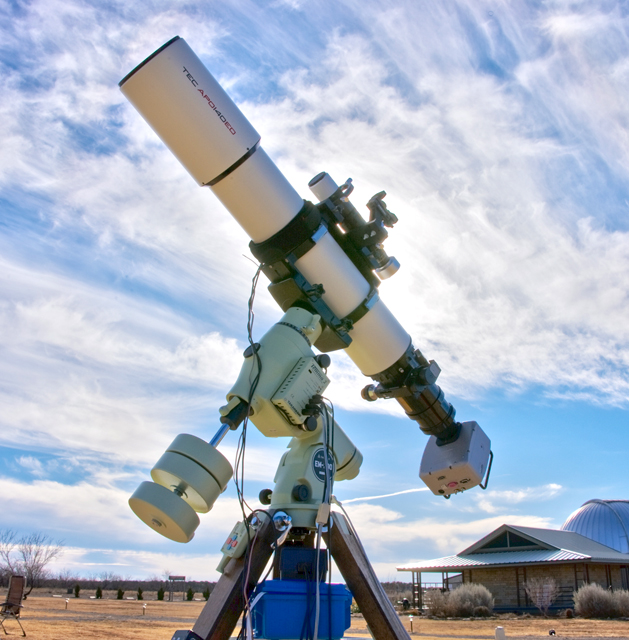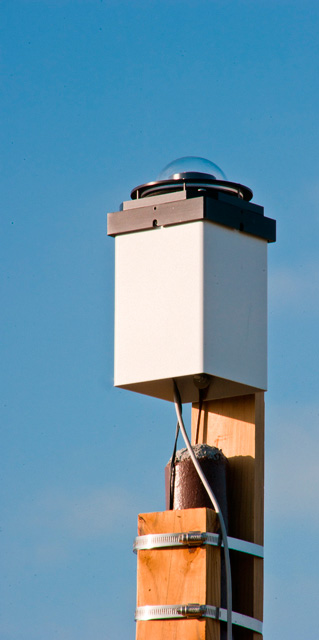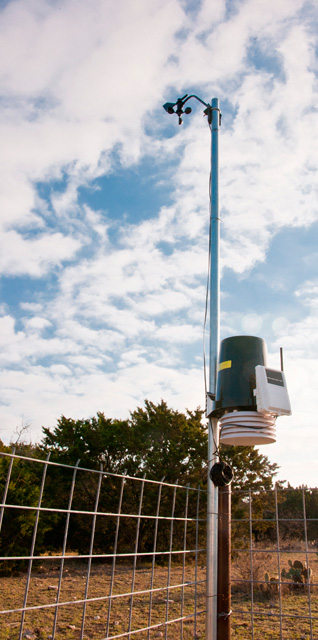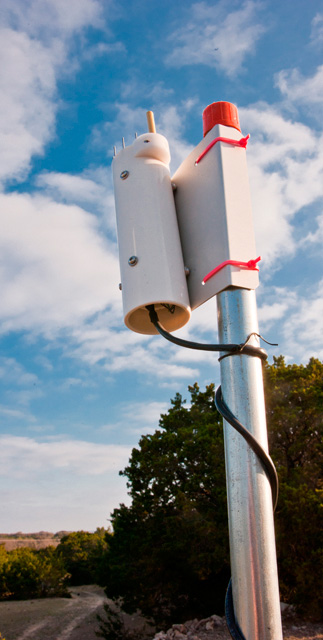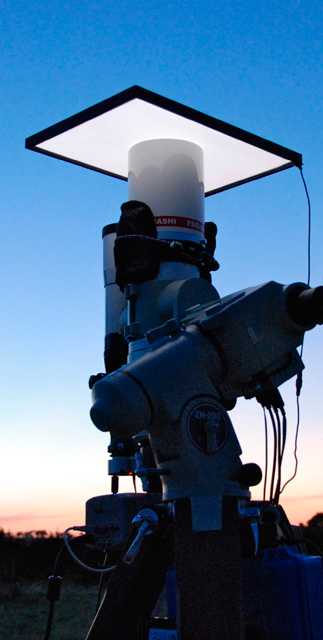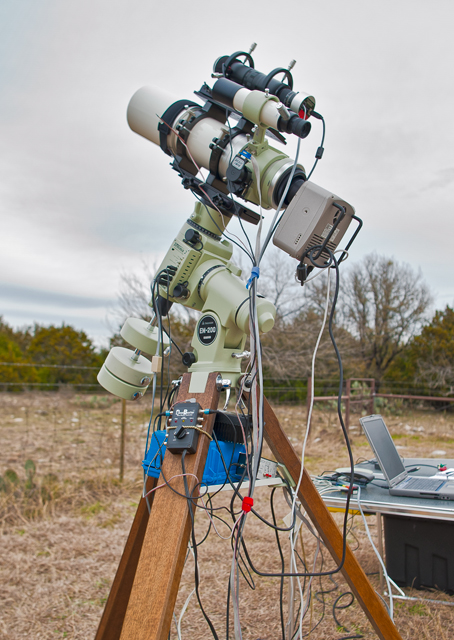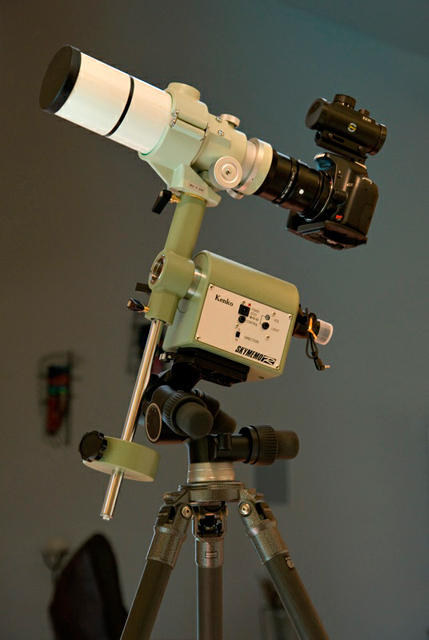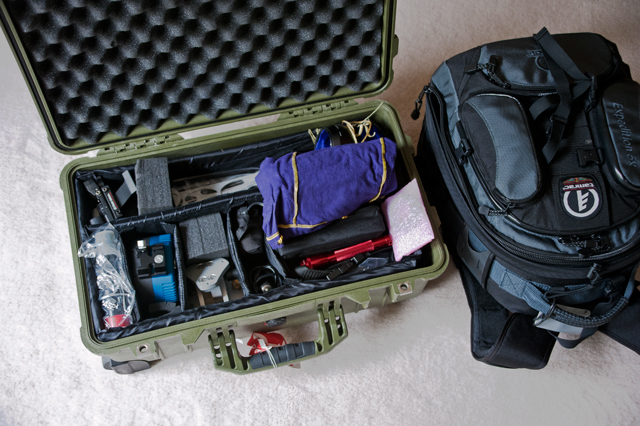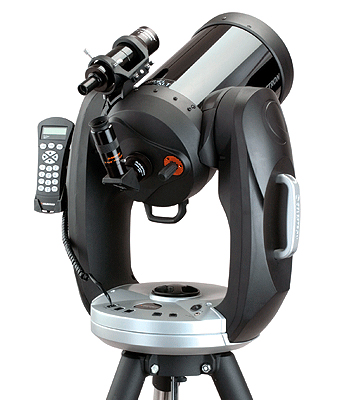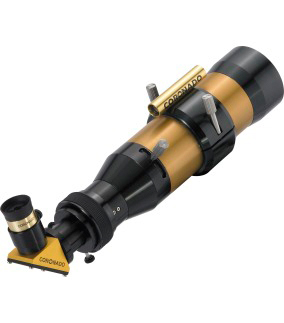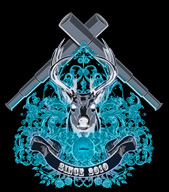This is my main portable imaging rig -- all the gear mentioned above, but with
the Takahashi FSQ 106EDX refractor. The combo of the FSQ with the SBIG STL11K
camera is a classic wide field imaging platform. Most of the images in the Deep
Space Gallery were shot with this rig (either on the pictured tripod or on the
pier inside BuckSnort).

This is my lightest and most portable "Grab & Go" rig -- the AstroTrac TT320X AG tracking
mount, riding on the AstroTrac Wedge and Gitzo carbon fiber tripod. I use the very strong
and very light Acratech GP ball head for pointing the camera. As with the Skymemo, this
mount can handle a variety of camera/lens/scope combinations. Here it is pictured with
the QSI 583 astro camera and a Nikon 180ED lens.
So why TWO grab & go rigs? Well, they each have pros and cons. For example, the AstroTrac
mount is limited to 2 hours of tracking before it needs to be reset, plus the polar scope
is not very good and limits exposure time. However, it is also extremely light, rigid, and
tracks very well. Meanwhile, the Skymemo has an excellent polar scope yeilding fast and
accurate polar alignment for longer exposure times and can track for many many hours --
but it is heavier and has more parts to carry.
So, depending upon how one travels (car, plane, hiking) there is a solution. If taking
a car, I usually take the Skymemo, but if hiking or flying I will take the AstroTrac.
For example, when I recently traveled in Australia/New Zealand I took the AstroTrac
because of the much lighter/smaller payload. Plus, I knew I was going to have to drift
align in the Southern hemisphere anyway, so the polar scope was not a concern!
Here is an image taken with this rig in New Zealand.
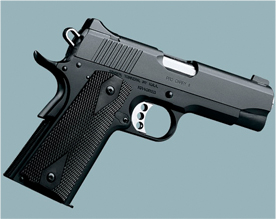
I know, I know... you are thinking "Gee, how typical that a Texan brandish a gun on his
equipment page".
But hear me out...
As I travel to dark places late at night to enjoy the wonders of the universe, the last
thing I want to think about is any kind of drama -- but stuff happens in remote areas,
late at night, in the dark. Packs of wild dogs, meth labs, wild hogs, snakes, gang bangers,
you name it.
About a year ago, a buddy and I were at a local park testing my new TEC 140. We were all
alone. Gunshots rang out and moments later a car load of gang bangers joined us in the
parking lot. I thought we'd have some serious drama, but we broke down the gear at record
speed and made a quick retreat before their eyes could dark adapt.
Moral of the story -- I now carry a Kimber 45 ACP. I hope I never have to fire at another
living thing, but I also do not want to be a victim.
This is one of two "Grab & Go" imaging rigs I have -- the Kenko Skymemo mount
with Manfrotto geared head and Gitzo tripod. The Skymemo is a simple tracking
tracking mount that tracks in RA only, but has a great polar scope for getting
fast and accurate polar alignment. Even unguided, I can easliy get 5-10 min
exposures with the Takahashi FS60 (shown above). This rig can be configured many
ways, but usually it carries a DSLR or QSI astro camera with a camera lens, for
ultra wide field imaging.
My DSLR of choice for shooting both day and night compositions is the Nikon D700. I
love this camera. Although it is not specifically intended for astro imaging, it has
a large FX sensor and has extremely good high ISO performance -- perfect for Night
Landscapes!
Most of the time I simply shoot on a tripod, but if I want longer exposures of the
night sky I will attach it to the AstroTrac.
A view of the kit I took to OZ -- AstroTrac, QSI Camera, Wedge, polar scope, batteries,
cables, lenses, etc. all fit into a Pelican case. Seen partially is my camera bag which
contained my Nikon D700, more camera lenses, ball head, more batteries, and Toshiba Netbook.
The Gitzo tripod fit comfortably in my checked luggage.
My first telescope from 2007 -- a Celestron CPC 800. While not an ideal imaging scope, it is
great for observing (which I still use it for).
For observing the sun, I use the Coronado SolarMax 60. It is a fun little scope that
gives great views!
